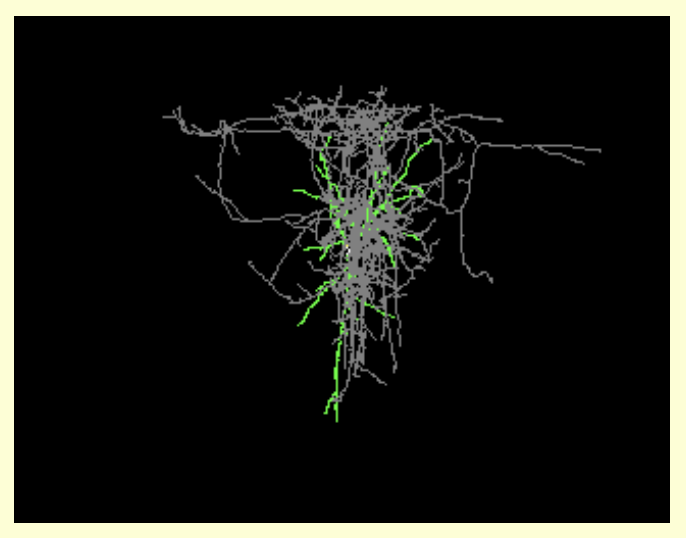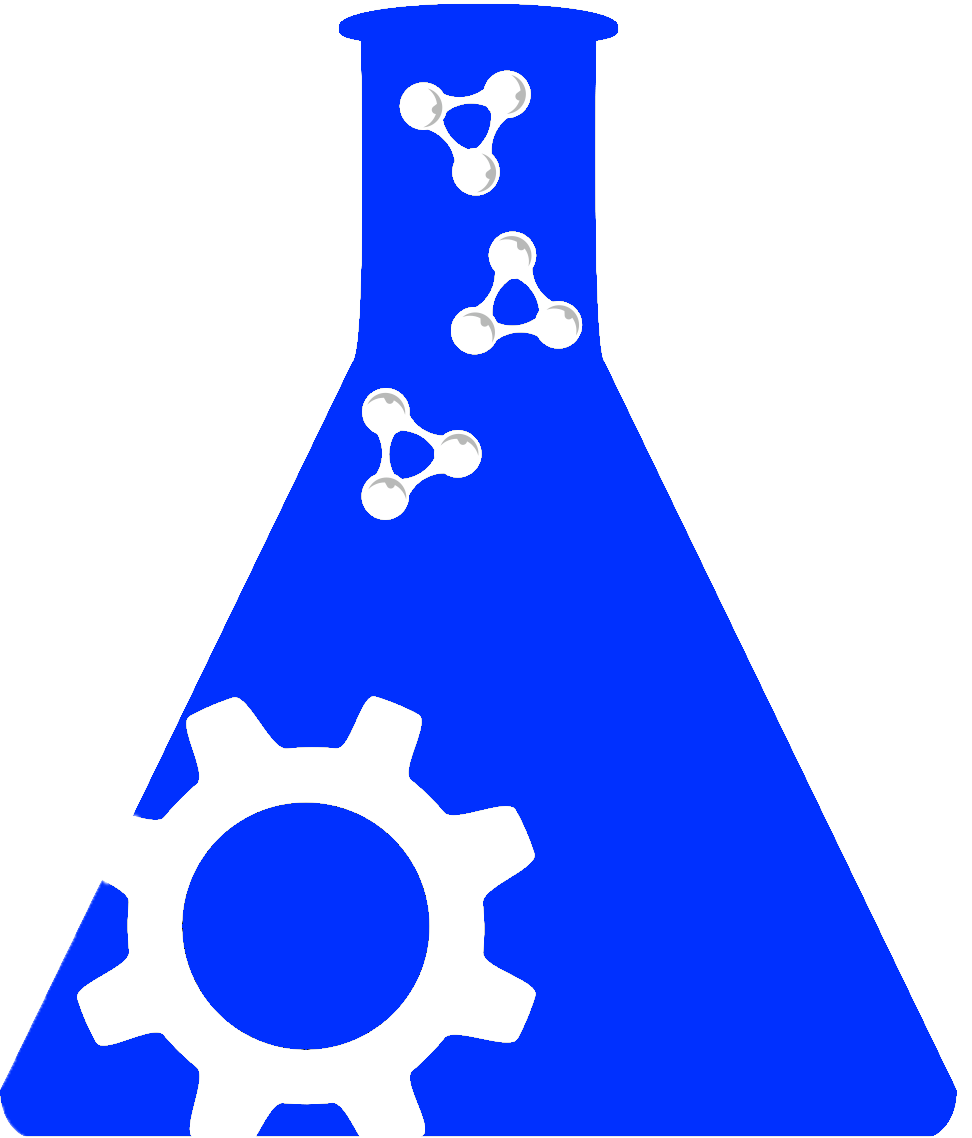Deficient tRNA posttranscription modification dysregulated the mitochondrial quality controls and apoptosis.
Mitochondria are dynamic organelles in cellular metabolism and physiology. Mitochondrial DNA (mtDNA) mutations are associated with a broad spectrum of clinical abnormalities. However, mechanisms underlying mtDNA mutations regulate intracellular signaling related to the mitochondrial and cellular integrity are less explored. Here, we demonstrated that mt-tRNAMet 4435A>G mutation-induced nucleotide modification deficiency dysregulated the expression of nuclear genes involved in cytosolic proteins involved in oxidative phosphorylation system (OXPHOS) and impaired the assemble and integrity of OXPHOS complexes. These dysfunctions caused mitochondrial dynamic imbalance, thereby increasing fission and decreasing fusion. Excessive fission impaired the process of autophagy including initiation phase, formation, and maturation of autophagosome. Strikingly, the m.4435A>G mutation upregulated the PARKIN dependent mitophagy pathways but downregulated the ubiquitination-independent mitophagy. These alterations promoted intrinsic apoptotic process for the removal of damaged cells. Our findings provide new insights into mechanism underlying deficient tRNA posttranscription modification regulated intracellular signaling related to the mitochondrial and cellular integrity.
Pubmed ID: 38318358 RIS Download
Research resources used in this publication
None foundAdditional research tools detected in this publication
Antibodies used in this publication
- Goat anti-Rabbit IgG (H+L) Cross-Adsorbed Secondary Antibody, Alexa Fluor™ 594 (RRID:AB_2534079)
- Goat Anti-Rabbit IgG (H+L) Antibody, Alexa Fluor 488 Conjugated (RRID:AB_143165)
- Donkey anti-Mouse IgG (H+L) Highly Cross-Adsorbed Secondary Antibody, Alexa Fluor™ 488 (RRID:AB_141607)
- MTCO3 antibody (RRID:AB_2881265)
- Mouse Anti-Nix Monoclonal Antibody, Unconjugated, Clone H-8 (RRID:AB_2066782)
- UQCRQ antibody (RRID:AB_2288356)
- UQCRC2 antibody (RRID:AB_2241442)
- UQCC2 antibody (RRID:AB_2880237)
- TOM20 antibody (RRID:AB_2207530)
- SDHB antibody (RRID:AB_2285522)
- UQCRFS1 antibody (RRID:AB_10699875)
- NDUFB8 antibody (RRID:AB_2150970)
- MFN2 antibody (RRID:AB_2266320)
- MFN1 antibody (RRID:AB_2266318)
- LC3B-Specific antibody (RRID:AB_2137745)
- FOXRED1 antibody (RRID:AB_2879629)
- FIS1 antibody (RRID:AB_2102532)
- DRP1 (C-terminal) antibody (RRID:AB_2093525)
- COX5A antibody (RRID:AB_2085429)
- COX16 antibody (RRID:AB_10666854)
- Caspase 9/p35/p10 antibody (RRID:AB_2068632)
- Caspase 3/p17/p19 antibody (RRID:AB_10733244)
- BAX antibody (RRID:AB_2061561)
- BAD antibody (RRID:AB_2061994)
- ATPB antibody (RRID:AB_2061878)
- ATPAF1 antibody (RRID:AB_2243352)
- ATP5C1 antibody (RRID:AB_2877740)
- ATP5A1 antibody (RRID:AB_2061761)
- Vinculin antibody (RRID:AB_2810300)
- MFF antibody (RRID:AB_2881890)
- Cytochrome c antibody (RRID:AB_2716798)
- Anti-Bcl-xL Antibody, Unconjugated (RRID:AB_10694844)
- Caspase-7 (D2Q3L) Rabbit Antibody (RRID:AB_2687912)
- Horseradish-labeled goat anti-mouse IgG (H+L) antibody (RRID:AB_2860575)
- HRP-labeled Goat Anti-Rabbit IgG (H+L) (RRID:AB_2892644)
- PARK2 Polyclonal Antibody (RRID:AB_2757487)
- OPA1 Polyclonal Antibody (RRID:AB_2770723)
- NDUFS5 Polyclonal Antibody (RRID:AB_2759495)
- [KO Validated] NDUFS2 Rabbit pAb (RRID:AB_2861678)
- [KO Validated] NDUFC2 Rabbit pAb (RRID:AB_2861711)
- NDUFA10 Polyclonal Antibody (RRID:AB_2757648)
- ATG5 Polyclonal Antibody (RRID:AB_2757017)
- ACTB Rabbit mAb (RRID:AB_2863784)
- Beclin 1 (BECN1/APG6) Antibody (E225) (RRID:AB_2064335)
- Autophagy APG7L Antibody (R509) (RRID:AB_2062350)
- ATG12 Antibody (N-term) (RRID:AB_2059363)
- PINK1 Antibody (RRID:AB_2924295)
- ATG16L1 Antibody (RRID:AB_2227476)
- Recombinant Anti-SDHC antibody [EPR11035(B)] (RRID:AB_2810989)
- Mouse Anti-SQSTM1 / p62 Monoclonal Antibody, Unconjugated (RRID:AB_945626)
- Mouse Anti-LAMP1 Monoclonal Antibody, Unconjugated, Clone H4A3 (RRID:AB_470708)
Associated grants
NonePublication data is provided by the National Library of Medicine ® and PubMed ®. Data is retrieved from PubMed ® on a weekly schedule. For terms and conditions see the National Library of Medicine Terms and Conditions.
This is a list of tools and resources that we have found mentioned in this publication.
Mendeley Data (tool)
RRID:SCR_002750
A free reference manager and academic social network to organize your research, collaborate with others online, and discover the latest research. Automatically generate bibliographies, Collaborate easily with other researchers online, Easily import papers from other research software, Find relevant papers based on what you're reading, Access your papers from anywhere online, Read papers on the go with the iPhone app. The software, Mendeley Desktop, offers: * Automatic extraction of document details * Efficient management of your papers * Sharing and synchronization of your library (or parts of it) * Additional features: A plug-in for citing your articles in Microsoft Word, OCR (image-to-text conversion, so you can full-text search all your scanned PDFs), etc The website, Mendeley Web, complements Mendeley Desktop by offering these features: * An online back up of your library * Statistics of all things interesting * A research network that allows you to keep track of your colleagues' publications, conference participations, awards etc * A recommendation engine for papers that might interest you
View all literature mentionsGraphPad Prism (tool)
RRID:SCR_002798
Statistical analysis software that combines scientific graphing, comprehensive curve fitting (nonlinear regression), understandable statistics, and data organization. Designed for biological research applications in pharmacology, physiology, and other biological fields for data analysis, hypothesis testing, and modeling.
View all literature mentionsSigma-Aldrich (tool)
RRID:SCR_008988
American chemical, life science and biotechnology company owned by Merck KGaA. Merger of Sigma Chemical Company and Aldrich Chemical Company. Provides organic and inorganic chemicals, building blocks, reagents, advanced materials and stable isotopes for chemical synthesis, medicinal chemistry and materials science, antibiotics, buffers, carbohydrates, enzymes, forensic tools, hematology and histology, nucleotides, proteins, peptides, amino acids and their derivatives.
View all literature mentionsGoat anti-Rabbit IgG (H+L) Cross-Adsorbed Secondary Antibody, Alexa Fluor™ 594 (antibody)
RRID:AB_2534079
This polyclonal secondary targets IgG (H+L)
View all literature mentionsGoat Anti-Rabbit IgG (H+L) Antibody, Alexa Fluor 488 Conjugated (antibody)
RRID:AB_143165
This polyclonal targets IgG (H+L)
View all literature mentionsDonkey anti-Mouse IgG (H+L) Highly Cross-Adsorbed Secondary Antibody, Alexa Fluor™ 488 (antibody)
RRID:AB_141607
This polyclonal secondary targets IgG (H+L)
View all literature mentionsMTCO3 antibody (antibody)
RRID:AB_2881265
This polyclonal targets MTCO3
View all literature mentionsMouse Anti-Nix Monoclonal Antibody, Unconjugated, Clone H-8 (antibody)
RRID:AB_2066782
This monoclonal targets Bnip3l
View all literature mentionsUQCRQ antibody (antibody)
RRID:AB_2288356
This polyclonal targets UQCRQ
View all literature mentionsUQCRC2 antibody (antibody)
RRID:AB_2241442
This polyclonal targets UQCRC2
View all literature mentionsUQCC2 antibody (antibody)
RRID:AB_2880237
This polyclonal targets UQCC2
View all literature mentionsTOM20 antibody (antibody)
RRID:AB_2207530
This polyclonal targets TOM20
View all literature mentionsUQCRFS1 antibody (antibody)
RRID:AB_10699875
This polyclonal targets UQCRFS1
View all literature mentionsNDUFB8 antibody (antibody)
RRID:AB_2150970
This polyclonal targets NDUFB8
View all literature mentionsLC3B-Specific antibody (antibody)
RRID:AB_2137745
This polyclonal targets LC3B-Specific
View all literature mentionsFOXRED1 antibody (antibody)
RRID:AB_2879629
This polyclonal targets FOXRED1
View all literature mentionsDRP1 (C-terminal) antibody (antibody)
RRID:AB_2093525
This polyclonal targets DRP1 (C-terminal)
View all literature mentionsCOX5A antibody (antibody)
RRID:AB_2085429
This polyclonal targets COX5A
View all literature mentionsCOX16 antibody (antibody)
RRID:AB_10666854
This polyclonal targets COX16
View all literature mentionsCaspase 9/p35/p10 antibody (antibody)
RRID:AB_2068632
This polyclonal targets Caspase 9/p35/p10
View all literature mentionsCaspase 3/p17/p19 antibody (antibody)
RRID:AB_10733244
This polyclonal targets Caspase 3/p17/p19
View all literature mentionsATPAF1 antibody (antibody)
RRID:AB_2243352
This polyclonal targets ATPAF1
View all literature mentionsATP5C1 antibody (antibody)
RRID:AB_2877740
This polyclonal targets ATP5C1
View all literature mentionsATP5A1 antibody (antibody)
RRID:AB_2061761
This polyclonal targets ATP5A1
View all literature mentionsVinculin antibody (antibody)
RRID:AB_2810300
This monoclonal targets Vinculin
View all literature mentionsCytochrome c antibody (antibody)
RRID:AB_2716798
This monoclonal targets Cytochrome c
View all literature mentionsAnti-Bcl-xL Antibody, Unconjugated (antibody)
RRID:AB_10694844
This unknown targets Bcl-xL
View all literature mentionsCaspase-7 (D2Q3L) Rabbit Antibody (antibody)
RRID:AB_2687912
This monoclonal targets Caspase-7
View all literature mentionsHorseradish-labeled goat anti-mouse IgG (H+L) antibody (antibody)
RRID:AB_2860575
This polyclonal targets IgG (H+L)
View all literature mentionsHRP-labeled Goat Anti-Rabbit IgG (H+L) (antibody)
RRID:AB_2892644
This polyclonal secondary targets IgG (H+L)
View all literature mentionsPARK2 Polyclonal Antibody (antibody)
RRID:AB_2757487
This polyclonal targets PARK2
View all literature mentionsOPA1 Polyclonal Antibody (antibody)
RRID:AB_2770723
This polyclonal targets OPA1
View all literature mentionsNDUFS5 Polyclonal Antibody (antibody)
RRID:AB_2759495
This polyclonal targets NDUFS5
View all literature mentions[KO Validated] NDUFS2 Rabbit pAb (antibody)
RRID:AB_2861678
This unknown targets
View all literature mentions[KO Validated] NDUFC2 Rabbit pAb (antibody)
RRID:AB_2861711
This unknown targets
View all literature mentionsNDUFA10 Polyclonal Antibody (antibody)
RRID:AB_2757648
This polyclonal targets NDUFA10
View all literature mentionsATG5 Polyclonal Antibody (antibody)
RRID:AB_2757017
This polyclonal targets ATG5
View all literature mentionsBeclin 1 (BECN1/APG6) Antibody (E225) (antibody)
RRID:AB_2064335
This polyclonal targets Human Autophagy BECN1 (APG6) (E225)
View all literature mentionsAutophagy APG7L Antibody (R509) (antibody)
RRID:AB_2062350
This polyclonal targets Human Autophagy APG7L (R509)
View all literature mentionsATG12 Antibody (N-term) (antibody)
RRID:AB_2059363
This monoclonal targets ATG12 (N-term)
View all literature mentionsPINK1 Antibody (antibody)
RRID:AB_2924295
This monoclonal targets PINK1
View all literature mentionsATG16L1 Antibody (antibody)
RRID:AB_2227476
This monoclonal targets ATG16L1
View all literature mentionsRecombinant Anti-SDHC antibody [EPR11035(B)] (antibody)
RRID:AB_2810989
This recombinant targets SDHC
View all literature mentionsMouse Anti-SQSTM1 / p62 Monoclonal Antibody, Unconjugated (antibody)
RRID:AB_945626
This monoclonal targets SQSTM1 / p62
View all literature mentionsMouse Anti-LAMP1 Monoclonal Antibody, Unconjugated, Clone H4A3 (antibody)
RRID:AB_470708
This monoclonal targets LAMP1
View all literature mentions




